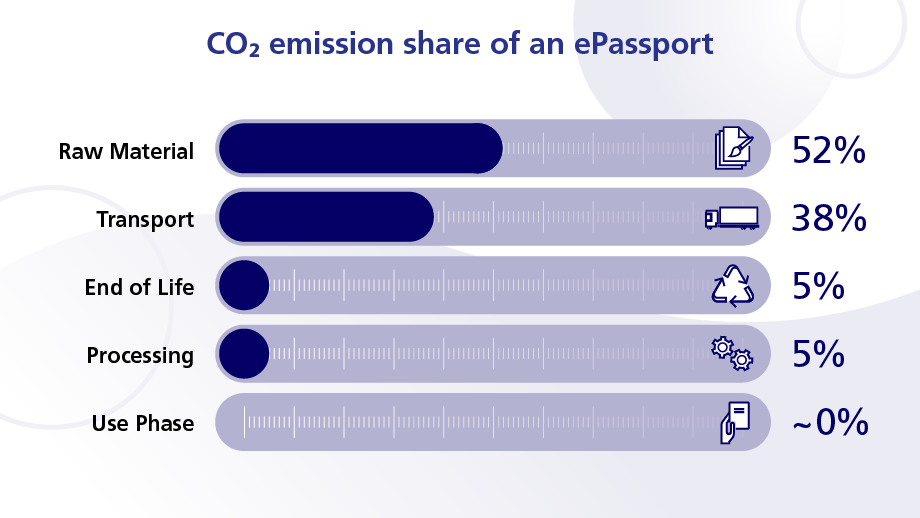Recent estimates suggest that the travel and tourism industry accounts for around 8% of global emissions1; however, other industry estimates vary significantly. The reason for this is simple: while it may be easy to track the exact emissions of a flight from New York to London, capturing and quantifying the emissions related to other areas of the industry, such as accommodation and tourist-related activities, is not as straightforward. Moreover, the global nature of travel makes it difficult to develop and adopt standardized methodologies across the board. Tracking and measuring these indirect emissions is like trying to decode an ancient language without having so much as a dictionary. Without the right tools, it is impossible to reduce emissions effectively. This is one of the biggest challenges for all stakeholders in the travel industry when it comes to tackling climate change.
For that reason, it is even more important to focus on addressing the emissions that can be tracked and reduced. As ESG becomes an increasingly important pillar for companies and organizations, and younger generations of travelers become more eco-conscious, it’s critical for the whole industry to come together so that everyone can do their part to reduce carbon emissions. Every little bit helps, after all. In the identity industry, a good first step would be to reduce the carbon footprint of the passport life cycle.





